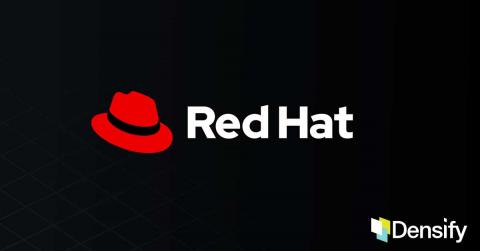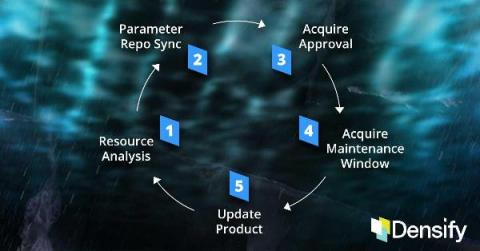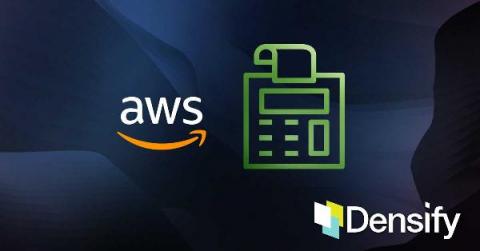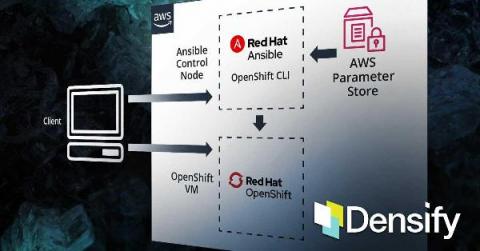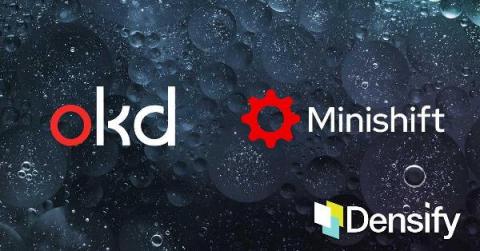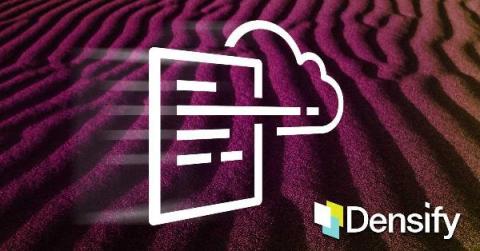Operations | Monitoring | ITSM | DevOps | Cloud
Densify
Densify Achieves Red Hat Operator Certification
Toronto, Ontario – October 10, 2020 – Densify, a leader in cloud and container cost management, today announced that its product has been Red Hat Operator Certified and can be purchased in the Red Hat Marketplace. The Marketplace is a one-stop shop to find, try, buy, and manage enterprise applications across an organization’s hybrid IT infrastructure.
ITSM Change Management to Control Continuous Cost Optimization
I’ve been writing about continuous cloud optimization for a while now, and recently, I’ve spoken with several organizations to understand any challenges they’re currently facing in their automation journey. Their insights would help us understand how we can improve our technology to better support them. I discovered two fundamental themes behind their challenges.
Cost Optimization Tips from AWS Summit Online
This year’s AWS Summits are more than a little different. Despite being virtual due to the COVID-19 pandemic, AWS is packing these events with lots of content. I’ve had a great time attending virtually, trying out hands-on labs, and sitting in on the technical sessions. As I work primarily with cost management and optimization for cloud compute services, this has been my main interest in attending the conferences. Here are my main takeaways around better managing your AWS cloud costs.
Scaling OpenShift Container Resources using Ansible
Assume you have a process to determine the optimal settings for CPU and memory for each container running in your environment. Since we know resource demand is continuously changing, let’s also assume these settings are being produced periodically by this process. How can you configure Ansible to implement these settings each time you run the associated playbook for the container in question?
Understanding & Leveraging AWS Auto Scaling Groups
An AWS Auto Scaling group (ASG) is a fleet of EC2 instances that can scale up or down depending on application demand. The elasticity of Auto Scaling groups makes them highly-attractive options for enterprises who do not want to invest in purchasing expensive hardware only to respond to sudden or temporary spikes in application demand.
How to Deploy OKD Minishift onto a Publicly-Hosted VM
If you are familiar with minikube, a lightweight implementation of the Kubernetes ecosystem, then you may have also heard of Minishift. Designed as a development platform and delivered through a utility, this is the Red Hat OKD (Origin Kubernetes Distribution—formerly called OpenShift Origin) all-in-one implementation of Red Hat OpenShift. Being highly versatile, it can be deployed on varying platforms.
Continuously Optimize Your AWS Resources with CloudFormation
If you have discovered that your application demand changes over time, you’re probably wondering how you can continuously adjust your cloud capacity in accordance to application demand. If you use CloudFormation, then you’re in luck! This article walks through how you can update your template code to automatically implement infrastructure adjustments, periodically.



